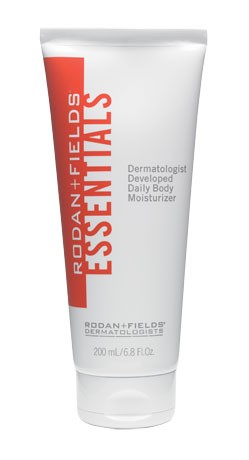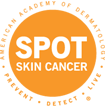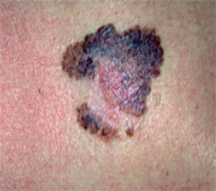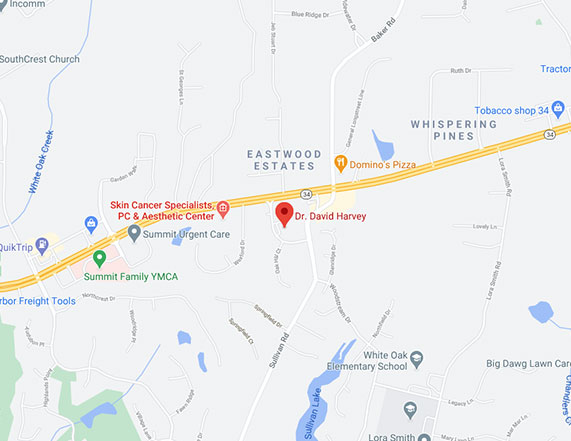Conveniently located to serve Newnan, Peachtree City and LaGrange
Click here to jump to:
Newnan Sun Protection Tips

The following is a list of commonly suggested recommendations by dermatologists to help minimize excessive sun exposure and the risk of associated skin cancer development. The American Academy of Dermatology and American Cancer Society have come up with certain recommendations to follow. Remember that every sunburn that you receive induces a costly skin damaging event. Over several decades, these effects become cumulative – resulting in skin cancer formation, wrinkles, pigment abnormalities, easy bruising and… yes, oily skin. You can “Fry now and Pay later” or maybe try to follow a more skin conscious lifestyle. Let’s try to get you started on a safe sun program by following the rules listed below.
1. Minimize sun exposure between the hours of 10 AM and 4 PM.
This is the time when the sun is at its highest level in the sky. Take shade, and think about rescheduling that jog or tennis match either early in the day or after work, especially in the summer months.
2. Don’t use Tanning Beds.
These can give you 15 times the exposure to dangerous UVA and UVB rays, which can promote melanoma development. Tanning Bed use is one reason that we are seeing an increase in melanoma development in younger women. In addition, tanning beds enhance the the rate that your skin ages, specifically causing wrinkles to develop earlier. Consider the use of self tanners instead. They are safer.
3. Use a sunscreen with at least an Sun Protection Factor of 30 or higher that says Broad Spectrum.

A 30 SPF sunscreen gives you about 96 to 97 % protection from the sun. If you are involved in an outdoor activity where you are sweating or in the pool-use a clear gel base sunscreen for this will not sweat off as easy. Sunscreens of this type should say “water resistant”. The FDA is now mandating that all sunscreens say how long they protect, e.g., sweat resistant 40 or 80 minutes. Lotion and cream based sunscreens are fine for everyday use but don’t rely on them for recreational purposes. Remember to apply the sunscreen 15 to 20 minutes before you venture outdoors. Look for sunscreens that contain Helioplex™, Mexoryl™ or Avobenzone.
Question: How much does a white cotton T-Shirt give you in terms of SPF Factor? (See below for answer – bottom of page)
Related
Content
Patient
Review
“The visit was on of the most pleasant I have ever had when visiting with a new doctor. The nurses were wonderful and Dr. Harvey was great. One a scale of 1-10, everyone is a 10.”
by Anonymous
4. Apply your sunscreen daily.
It is very important to apply your sunscreen each day. Men can apply a moisturizing block such as CeraVe™ AM SPF 30, or EltaMD UV daily SPF 40 lotion after shaving. Women should either use a makeup with a sunscreen or a similar moisturizing sunscreen.
5. Wear a hat and protective UV rated clothing.
Wear a wide brimmed hat that extends at least 6 inches form the scalp. It is also important to make sure that your hat’s material is densely woven. Straw hats are ineffective against the sun. Men who suffer from hair loss should remember to place a water resistant sunscreen or block underneath the hat as well as on the ears and neck to help to maximize sun protection. Failure to remember these rules can lead to precancer development on the scalp and lead to a bad day at the office for both the patient and doctor. Shirts and pants that are SPF rated are now considered fashionable.
6. Don’t forget to use a sunscreen on cloudy days.
Even cloudy days can’t prevent the sun’s energy from reaching the earth. Although much of the sun’s rays may be absorbed or reflected, there is still no room to let your guard down. Remember that clouds are not effective in blocking UV rays and that sunscreen use is still essential, especially in states like Georgia and Alabama.
7. Be aware of reflective surfaces such as sand, surf, snow, and high altitudes.
The sun can reflect off snow, sand, concrete and water surfaces like a mirror. Remember that even while in water, you are not immune against the sun’s damaging effects. High altitude regions intrinsically have less atmosphere to absorb damaging ultraviolet rays… so care needs to be taken when enjoying activities such as mountain climbing, skiing or hiking. Because of the reflective nature of snow or sand, remember to apply sunscreen to the undersurface of your neck for maximal protection when in these environments.
8. Watch for medications or foods that can increase your sensitivity to the sun.

Medications like antibiotics (tetracycline, sulfa drugs), diuretics (Lasix™, hydrochlorathiazide), anti-inflammatory drugs (Motrin™, Aleve™), and estrogen supplements can cause you to become sun sensitive. It is important to recognize that fruits such as lemons, parsley and oranges can also influence your skin to burn more easily.
9. Keep infants out of the sun.
Babies should not experience prolonged sunshine for at least the first six months of their life. Physical blocks such as Zinc Oxide or Titanium Dioxide are safe because they do not react with the baby’s sensitive skin. Clothing lines such as Solumbra™, Coolibar™, or Sun Precautions™ are also safe.
10. Educate your children about the dangers of the sun.
The best intervention is early prevention. As a significant amount of sun exposure arises between the ages of 0 and 20 years, it is important to teach children early about the need for sunscreens and sun protection. You may even want to download this page, place it on the refrigerator for an easy reference. Children can “Slip on a shirt, slop on sunscreen and slap on a hat” and they are good to go. Remember to make sure that the sunscreen is water resistant and to reapply every 40 to 80 minutes depending on whats on the bottle.
11. If you have a sore or bleeding spot that doesn’t heal by 2 months, it is probably wise to have this lesion checked out by a dermatologist.

Most benign growths go away quickly. If something is persisting and does not appear to heal by 2 or 3 months, there is a possibility it could be something that needs to be addressed. Remember that the best medicine is always early prevention.
12. Have your eyes checked by an ophthalmologist.
Ocular melanoma is a rare but life threatening condition. Like your blood pressure, if you do not have this checked, you will never know if there is a problem. The Optomap™ or Zeiss OCT™ scan is a good way to have your retina checked quickly and accurately for melanoma.
13. Learn the “ABCDE” rule.

The “ABCDE” rule refers to the unusual characteristics of a mole which may mean something serious. It is designated by the following acronym.
- A = Asymmetry of a mole
- B = Border irregularity of a mole
- C = Multiple Colors to a mole
- D = Diameter greater than 6mm (Pencil Eraser)
- E = Evolving Mole (Enlarging, Itching, Bleeding)
If you have a spot which follows these rules or is itching, changing, or bleeding, it is probably a good idea to see a dermatologist . Feel free to contact us if you have such a lesion or are concerned. We are here to help you!
REMEMBER TO THINK “SUN SMART”!
ANSWER TO QUESTION:
T Shirt (Dry) – SPF 7
T Shirt (Wet) – SPF 3











